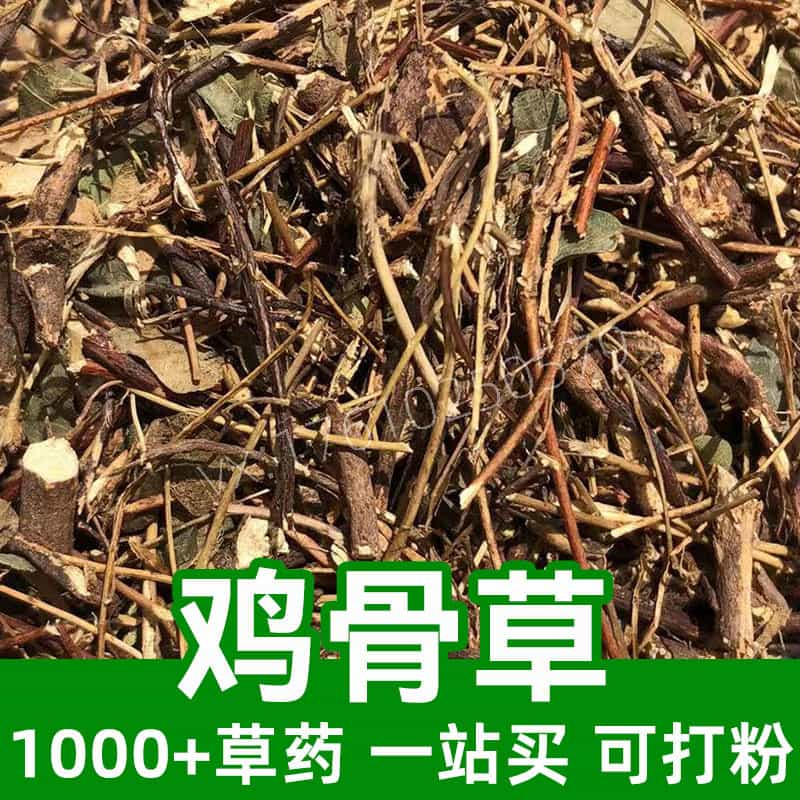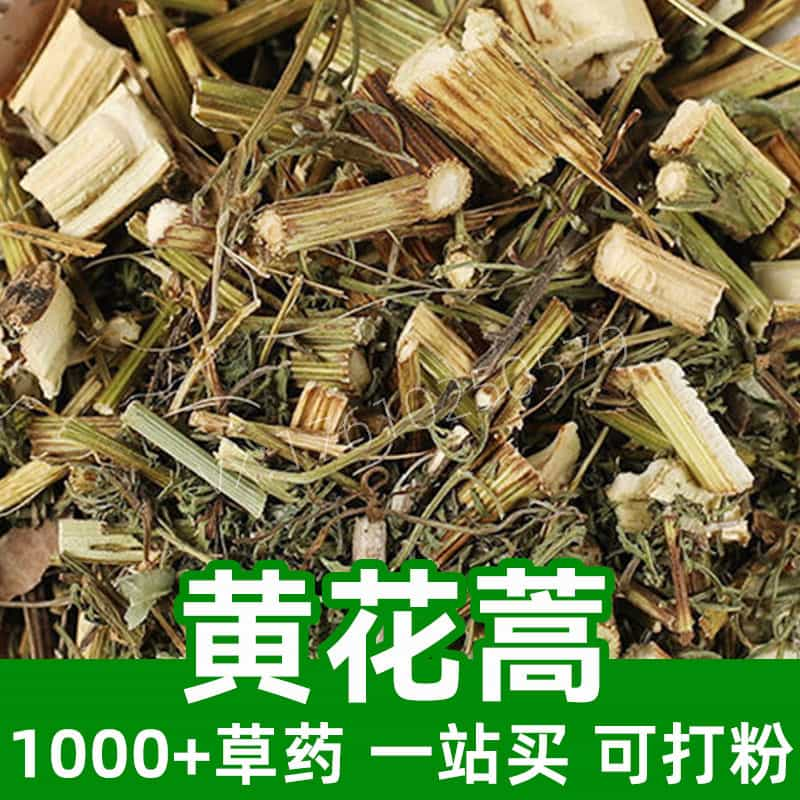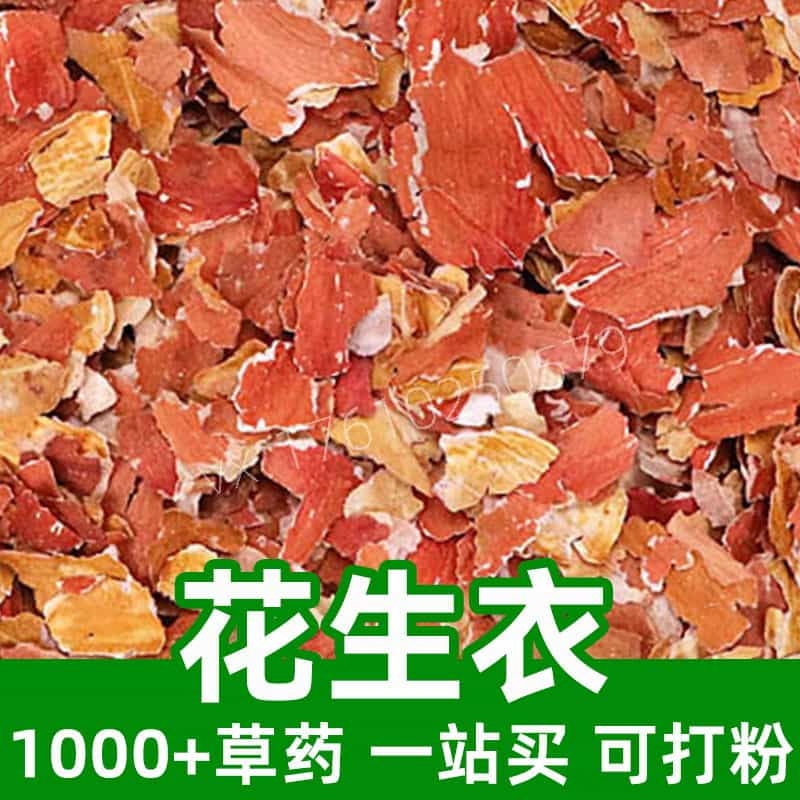Product Introduction
Narrow stripe fragrant tea dish, known scientifically as Herba Chloranthus, is a prominent herb in traditional Chinese culture, celebrated for its aromatic properties and versatile applications. The slender leaves of this herb are infused to create a delightful tea that is cherished for its refreshing taste and ability to invigorate the senses.
Originating from various subtropical and temperate regions in China, this aromatic herb is often found in the wild, thriving in moist environments with well-drained soil. Its use dates back centuries, where it was incorporated into both culinary dishes and herbal remedies, reflecting its significant role in the heritage of Chinese herbal medicine.
The primary components of narrow stripe fragrant tea dish include flavonoids and essential oils, which contribute to its characteristic fragrance and potential wellness benefits. The tea is enjoyed not only for its pleasant flavor but also for its ability to enhance culinary experiences when used in various dishes. In modern usage, this herb has found its place in gourmet cooking and artisanal tea blends, making it a versatile ingredient in both traditional and contemporary kitchens.
Main Active Ingredients
The narrow stripe fragrant tea dish is rich in an array of active compounds that contribute to its properties and uses in both traditional and modern contexts. Among these, essential oils are particularly notable, as they are responsible for the herb’s distinctive and enchanting fragrance. These oils contain various terpenes, which vary in concentration depending on the harvesting season and environmental conditions.
Flavonoids, a class of powerful antioxidants, are another key component found in this herb. They play a crucial role in neutralizing free radicals, thereby supporting overall cellular health. Research suggests that flavonoids might also contribute to maintaining a healthy inflammatory response, although specific claims regarding health benefits should be approached with caution.
Organic acids present in the herb, such as caffeic acid and rosmarinic acid, are believed to aid in digestive processes, complementing the tea's pleasant flavor with additional functional properties. These compounds not only enhance taste but may also influence the overall sensory experience when consumed.
The complex profile of narrow stripe fragrant tea dish also includes various vitamins and minerals, adding nutritional value to its ingestion. Notably, the herb contains folic acid and certain B vitamins, which are essential for energy metabolism and overall wellbeing.
In summary, the unique combination of essential oils, flavonoids, organic acids, vitamins, and minerals found in narrow stripe fragrant tea dish makes it a valuable addition to both culinary practices and herbal tea blends, contributing to its long-standing popularity in traditional Chinese herbal medicine.
Product Application Scenarios, Usage, and Dosage
Narrow stripe fragrant tea dish is versatile in its applications, making it suitable for various culinary and herbal uses. In traditional Chinese medicine, it is primarily consumed as a tea, where its aromatic properties not only provide enjoyment but are also believed to support digestive processes. For preparation, one can use about 5-10 grams of dried leaves steeped in hot water for 5-10 minutes, or to taste. This gentle infusion allows the essential oils and flavonoids to be released, creating a light and fragrant tea that can be enjoyed throughout the day.
In culinary applications, narrow stripe fragrant tea dish can enhance the flavor profiles of a variety of dishes, including soups, salads, and rice preparations. Its mild yet fragrant taste pairs well with fish and chicken, adding depth without overpowering the primary ingredients. When using the herb in cooking, a small handful of fresh leaves can be added toward the end of cooking to preserve their aromatic qualities.
As a component in gourmet tea blends, narrow stripe fragrant tea dish can also be combined with other herbs such as chrysanthemum or green tea to create unique flavor combinations. This selection of herbs can cater to diverse tastes and preferences, appealing to a broader audience of tea drinkers.
For those seeking to enjoy the full flavor of this herb without bitterness, it is recommended to limit steeping time. The mild nature of the herb makes it suitable for daily consumption, but individuals should be mindful of their own body responses, adjusting usage accordingly.
Lastly, narrow stripe fragrant tea dish has also gained popularity in the realm of natural perfumery, where its oil extracts are utilized for their captivating fragrance, enhancing lotions, creams, or bath products.
Introduction to the Source Plant, Distribution, and Growth Environment
The source plant for narrow stripe fragrant tea dish, known scientifically as Chloranthus spicatus, thrives in specific environmental conditions that are pivotal to its growth and quality. This perennial herbaceous plant is indigenous to regions of Southeast Asia, prominently found in China, where it flourishes in moist, shaded forested areas.
The plant typically grows in clusters and can reach heights of 30 to 60 centimeters, characterized by elongated leaves that exhibit a glossy, dark green hue. It prefers well-drained, fertile soils enriched with organic matter, supporting its delicate root system while ensuring adequate moisture without stagnation. The growth period typically spans from spring to early autumn, making this season ideal for harvesting.
Distribution of the narrow stripe fragrant tea dish is notably widespread across provinces such as Hunan, Hubei, and Zhejiang, where local growers cultivate it for both culinary and medicinal use. Its natural habitat is often complemented by mild temperatures and high humidity, which allows the essential oils within the plant's leaves to develop their fullest aromatic potential.
Sustainable harvesting practices are vital for the preservation of narrow stripe fragrant tea dish, as overharvesting can lead to depletion in wild populations. Many local farmers engage in cultivation methods that ensure the longevity and health of the plants, adhering to traditional practices that have been passed down through generations.
In recent years, interest in this fragrant herb has expanded beyond its traditional roots, attracting attention from gourmet chefs and herbal enthusiasts alike. Its unique aromatic profile and culinary flexibility have enabled it to adapt to new growth environments, as demand rises both domestically and internationally.
Harvesting, Processing, and Storage
The harvesting of narrow stripe fragrant tea dish is a meticulous process that significantly influences its quality and aromatic properties. Traditionally, the best time to harvest the leaves is during late spring to early summer, just as the plant begins to bloom. This timing is crucial, as it is when essential oil concentration is at its peak. Harvesters carefully select the healthiest leaves, ensuring to avoid any damaged or wilted foliage.
The processing of narrow stripe fragrant tea dish typically involves steps to dry and preserve the leaves while maintaining their aromatic characteristics. This is generally accomplished through air drying or shade drying methods. In air drying, freshly harvested leaves are spread out in a single layer and placed in a well-ventilated area, preferably away from direct sunlight, to avoid degradation of the essential oils. Shade drying, similarly, allows for the slow dehydration of the leaves, preventing damage while retaining their vibrant green color and essential compounds.
Once dried, the leaves must be carefully stored to maintain freshness and prevent degradation. It is recommended to keep them in airtight containers, away from light and moisture, in a cool, dry environment. Proper storage ensures that the herb’s delicate aroma is preserved and that it retains its flavor profile for prolonged periods.
For commercial use, products derived from narrow stripe fragrant tea dish are often packaged in vacuum-sealed bags to further extend shelf life and minimize exposure to environmental elements. Educating consumers on the best practices for storage can empower them to enjoy the full benefits of this herb in culinary or herbal applications.
Overall, the careful harvesting, processing, and storage of narrow stripe fragrant tea dish are fundamental to ensuring its quality, allowing this fragrant herb to remain a cherished ingredient in both cooking and herbal wellness practices.
Monica Sun is a seasoned expert in the natural raw materials industry, with over a decade of experience specializing in traditional Chinese medicinal herbs, spices, and fungi. She is skilled in the sourcing, processing, and application of these materials, emphasizing sustainability and innovation. Monica Sun has contributed to the development of high-quality natural raw materials that serve as essential components in functional foods, pharmaceuticals, and cosmetics, delivering tailored solutions to meet diverse market needs.














